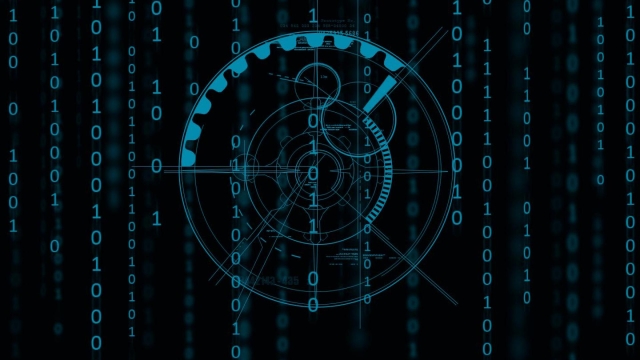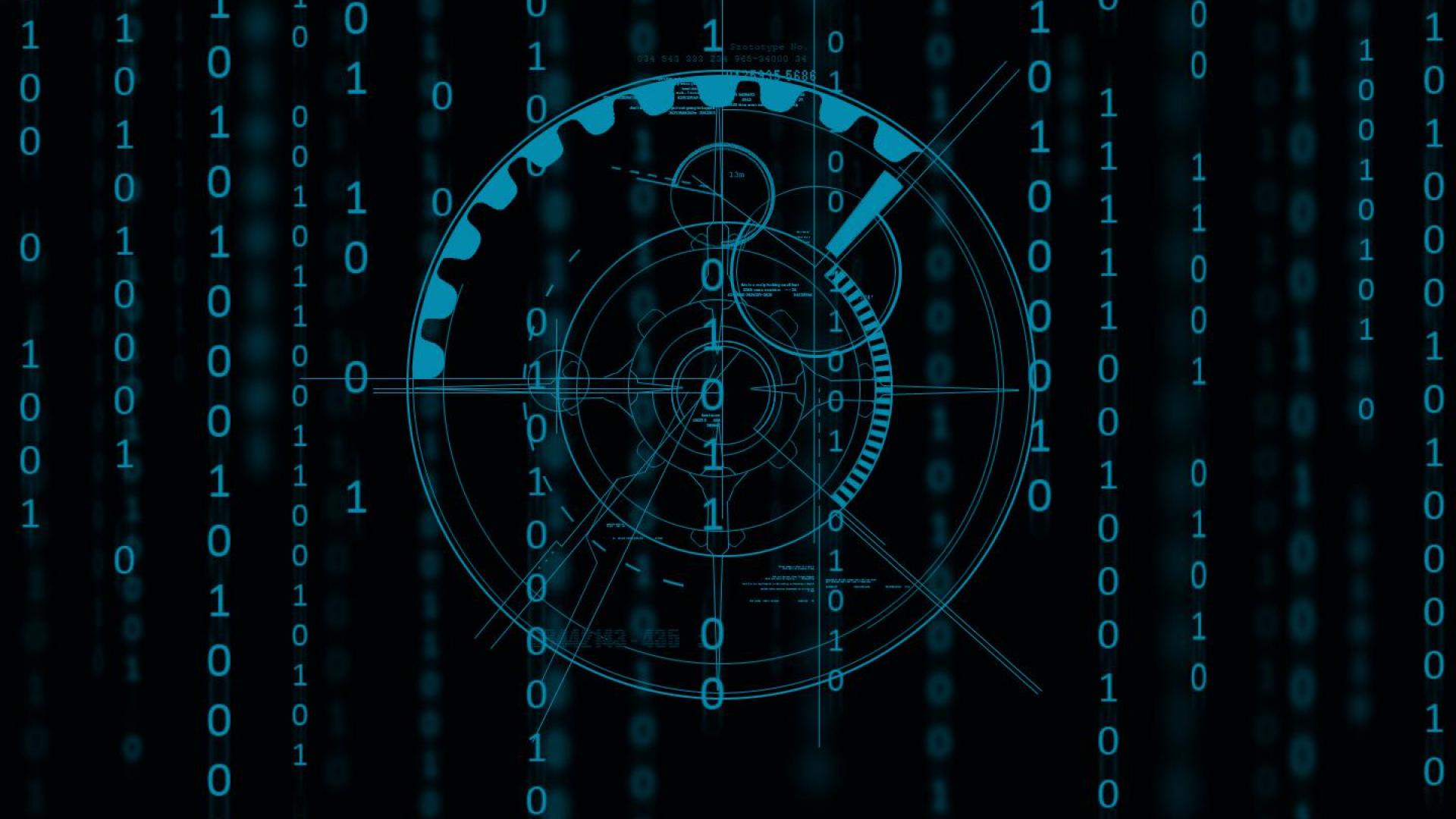Unveiling the Intriguing World of Deepfake Technology


Deepfake technology has emerged as a fascinating and somewhat controversial force in our digitally driven world. With astonishing advancements in artificial intelligence and machine learning, deepfakes have the power to weave intricate web of deception and manipulation that blurs the lines between truth and fiction. Simply put, deepfakes refer to highly realistic but entirely fabricated or manipulated audiovisual content, where an individual’s likeness is convincingly superimposed onto another person or character. This technology has the potential to revolutionize various industries, from entertainment to politics, but it also raises serious concerns surrounding privacy, security, and the erosion of trust in our media landscape.
At its core, deepfake technology operates by employing sophisticated algorithms, deep neural networks, and extensive data sets to create hauntingly realistic videos, images, and audio recordings that are capable of deceiving even the most discerning eyes and ears. With the ability to generate convincing facial expressions, gestures, and even vocal patterns, deepfakes have already demonstrated their vast potential, not just for harmless fun or photo editing tricks, but for potentially nefarious purposes as well.
While the rise of deepfakes presents exciting opportunities for creative expression and storytelling, it also shines a critical spotlight on the ethical dilemmas and broader societal implications. The ease with which these manipulated media can be shared and disseminated makes it increasingly difficult to ascertain the authenticity of media content, raising concerns about misinformation, identity theft, and the erosion of public trust. Consequently, navigating this intriguing world of deepfake technology requires a delicate balance between safeguarding against misuse and embracing the possibilities it holds for innovation.
As we embark on this exploration of deepfakes, we will delve into the inner workings of this technology, the potential applications across various domains, and the ethical and legal challenges it poses. Join us as we unravel the layers of this captivating and complex realm, shedding light on the profound impact deepfakes have on our society and the pressing need for frameworks that enable responsible and accountable use of this ever-evolving technology.
The Origins of Deepfake Technology
Deepfake technology, a term coined from the combination of "deep learning" and "fake," has rapidly gained popularity in recent years. It refers to the creation and manipulation of realistic digital media, particularly images and videos, using artificial intelligence (AI) algorithms. This revolutionary technology has its roots in the convergence of machine learning, computer vision, and graphic processing, with significant advancements made in the past decade.
The concept of deepfaking originated in academic research on computer vision and artificial neural networks. Researchers aimed to develop algorithms that could analyze and understand visual data, enabling machines to identify and reproduce specific visual features accurately. As the field of machine learning advanced, so did the ability to generate hyperrealistic visual content.
Deepfake technology gained mainstream attention around 2017 when a Reddit user known as "u/deepfakes" created and shared AI-generated pornographic videos featuring the faces of well-known celebrities. This incident revealed the immense potential and the ethical challenges associated with deepfake technology.
Since then, deepfake technology has evolved rapidly, fueled by advancements in deep learning models, data availability, and computational power. Initially regarded as a novelty, deepfakes are now being used in various domains, including entertainment, politics, and even fraud. This has prompted significant debates and concerns about the implications of this technology, with experts emphasizing the importance of developing robust detection mechanisms and ethical guidelines to mitigate its potential misuse.
The origins of deepfake technology lie in the intersection of machine learning and computer vision. As researchers continue to refine and expand the capabilities of AI algorithms, the potential applications of deepfakes are both fascinating and alarming, making it imperative to closely monitor its development and ensure responsible use.
How Deepfake Technology Works
In order to understand deepfake technology, we need to delve into its underlying mechanisms. At its core, deepfake technology relies on artificial intelligence algorithms to manipulate and alter video or audio content. By harnessing the power of machine learning, deepfake technology has the ability to convincingly fabricate media that appears genuine and authentic.
The process of creating a deepfake begins with collecting a vast amount of data in the form of images or audio clips of the targeted individual. This data is then fed into a deep learning model, such as a neural network, which analyzes and learns from the provided information. Through a complex training process, the model gains the ability to recognize and mimic the subject’s facial expressions, gestures, or vocal patterns with remarkable accuracy.
Once the deep learning model has been trained, it can be utilized to generate new content featuring the targeted individual. By inputting different images or altering the existing ones, the model is capable of synthesizing highly realistic videos where the person’s face is seamlessly blended onto a different body or in different scenarios. Similarly, the model can alter audio files to mimic the targeted individual’s voice, enabling the creation of manipulated speeches or conversations.
The advancement of deepfake technology has raised concerns regarding the potential misuse and exploitation of fabricated media. As the technology continues to evolve, it is important for individuals to be aware of its capabilities and for society to develop countermeasures to detect and mitigate the spread of misinformation and deceptive content.
Ethical Implications of Deepfake Technology
The rise of deepfake technology has brought about numerous ethical concerns. One major issue revolves around the potential for misuse and deception. Deepfakes have the ability to convincingly manipulate audio and visual content, leading to the creation of false information that can be used to deceive and manipulate individuals or even entire communities. This raises questions about the trustworthiness of media and the impact it can have on public discourse.
Another ethical concern is the violation of privacy that deepfake technology presents. With the ability to superimpose anyone’s face onto another person’s body or manipulate their voice, deepfakes have the potential to compromise the privacy and security of individuals. By using this technology maliciously, individuals could be subjected to false incrimination, defamation, or even harassment.
Additionally, deepfakes can also be used to damage reputations and spread misinformation. In the age of social media, where information can spread rapidly and have far-reaching consequences, deepfake videos and audios can be used to destroy the credibility of individuals, public figures, or institutions. This raises significant concerns about the impact on public trust, as well as the potential for social and political manipulation.
In conclusion, the ethical implications of deepfake technology are profound. The potential for deception, privacy infringement, and reputational damage has far-reaching consequences. As this technology continues to advance, it is crucial that we develop robust mechanisms to detect and mitigate the harmful effects of deepfakes, in order to safeguard trust, privacy, and the integrity of information in our society.